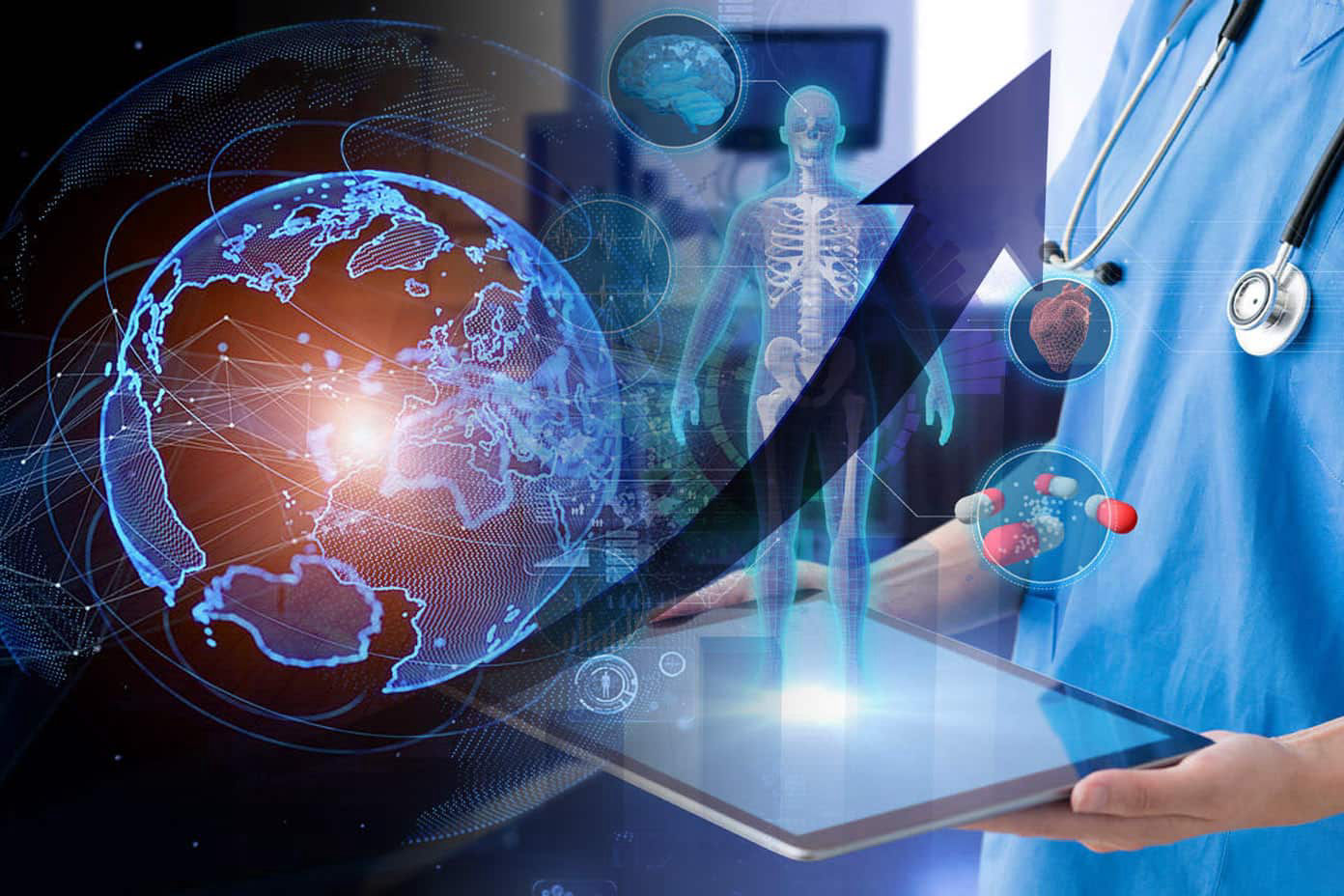Let's explore some of the groundbreaking medical inventions and innovations that have emerged during this transformative period.
Rapid Diagnostic Tests
One of the earliest critical needs during the pandemic was reliable and rapid diagnostic testing for SARS-CoV-2, the virus causing COVID-19. Traditional PCR tests were effective but time-consuming. Enter rapid antigen tests and molecular point-of-care tests that provided results within minutes to hours, allowing for quicker identification of infected individuals and faster containment of outbreaks. These tests have revolutionized screening efforts and are now integral to public health strategies worldwide.
mRNA Vaccine Technology
Perhaps the most celebrated breakthrough of the pandemic is the development and deployment of mRNA vaccines. Companies like Pfizer-BioNTech and Moderna utilized mRNA technology to produce vaccines against COVID-19 in record time. This technology, which had been in development for years, proved its potential to rapidly respond to new pathogens. mRNA vaccines not only showed high efficacy but also paved the way for future vaccines against other infectious diseases and even personalized cancer therapies.
Telemedicine and Remote Monitoring
The pandemic accelerated the adoption of telemedicine and remote monitoring technologies out of necessity. Healthcare providers swiftly adapted to virtual consultations, enabling patients to receive care while minimizing exposure risks. Remote monitoring devices for vital signs and symptoms allowed for continuous patient assessment without physical hospital visits, enhancing both patient safety and healthcare efficiency.
AI and Machine Learning in Healthcare
Artificial intelligence and machine learning played pivotal roles during the pandemic. AI algorithms were employed to analyze vast amounts of data, predict disease spread, identify potential drug candidates, and optimize patient care protocols. Machine learning models helped researchers sift through genomic data to understand virus mutations and develop targeted treatments. These technologies are reshaping healthcare by improving diagnostics, personalized medicine, and operational efficiencies.
3D Printing of Medical Supplies
The global supply chain disruptions highlighted the vulnerability of healthcare systems to sudden surges in demand. In response, 3D printing emerged as a versatile solution for manufacturing essential medical supplies such as face shields, ventilator parts, and nasopharyngeal swabs. This decentralized production capability not only addressed shortages but also empowered local healthcare providers and communities to respond swiftly to urgent needs.
Wearable Health Tech
Wearable devices gained popularity during the pandemic for monitoring health metrics like heart rate, oxygen saturation, and temperature. These devices, coupled with mobile apps, allowed individuals to track their health in real-time and detect early signs of illness. They also enabled remote patient monitoring, particularly useful for patients recovering at home or managing chronic conditions without frequent hospital visits.
Collaborative Research and Open Science
The global scientific community demonstrated unprecedented collaboration and transparency during the pandemic. Researchers openly shared data, insights, and research findings, accelerating the pace of discovery. Open science initiatives fostered rapid development of treatments and diagnostics, exemplified by initiatives like the COVID-19 Open Research Dataset (CORD-19), which provided free access to a comprehensive collection of scholarly articles.
The COVID-19 pandemic has been a catalyst for transformative changes in healthcare, catalyzing innovation across diagnostics, treatments, and healthcare delivery. From mRNA vaccines to telemedicine and AI-driven solutions, these advancements not only helped combat the immediate crisis but also set new benchmarks for future healthcare innovation. As we navigate the post-pandemic world, these innovations will continue to shape the future of medicine, offering hope for more resilient and efficient healthcare systems worldwide.
mHealth Apps and Digital Health PassportsMobile health (mHealth) apps surged during the pandemic, offering users tools to self-assess symptoms, find testing centers, and receive real-time public health alerts. Digital health passports also gained traction, allowing individuals to store and share vaccination and testing status for travel or event access. These apps helped bridge communication between healthcare providers, patients, and governments—streamlining pandemic response efforts and setting a precedent for future public health technology.
Smart Hospital InfrastructureThe surge in hospitalizations pushed many healthcare facilities to their limits. In response, the concept of the "smart hospital" gained momentum. Integrating IoT (Internet of Things) devices, automated workflows, and real-time patient monitoring, smart hospitals optimized resource management and infection control. Innovations such as robotic disinfection, contactless check-in, and AI-assisted triage were rapidly implemented and are now being refined for long-term use.
Expanded Mental Health ResourcesThe psychological toll of the pandemic led to a growing demand for mental health services. In response, digital mental health platforms experienced rapid growth. From mindfulness apps to AI-driven therapy chatbots, new tools made mental health support more accessible and affordable. Teletherapy also expanded significantly, breaking down geographical and logistical barriers to professional care.
Looking Forward: A Stronger, Smarter Healthcare FutureThe COVID-19 pandemic has been a catalyst for transformative changes in healthcare, catalyzing innovation across diagnostics, treatments, and healthcare delivery. From mRNA vaccines to telemedicine and AI-driven solutions, these advancements not only helped combat the immediate crisis but also set new benchmarks for future healthcare innovation. As we navigate the post-pandemic world, these innovations will continue to shape the future of medicine, offering hope for more resilient and efficient healthcare systems worldwide.

